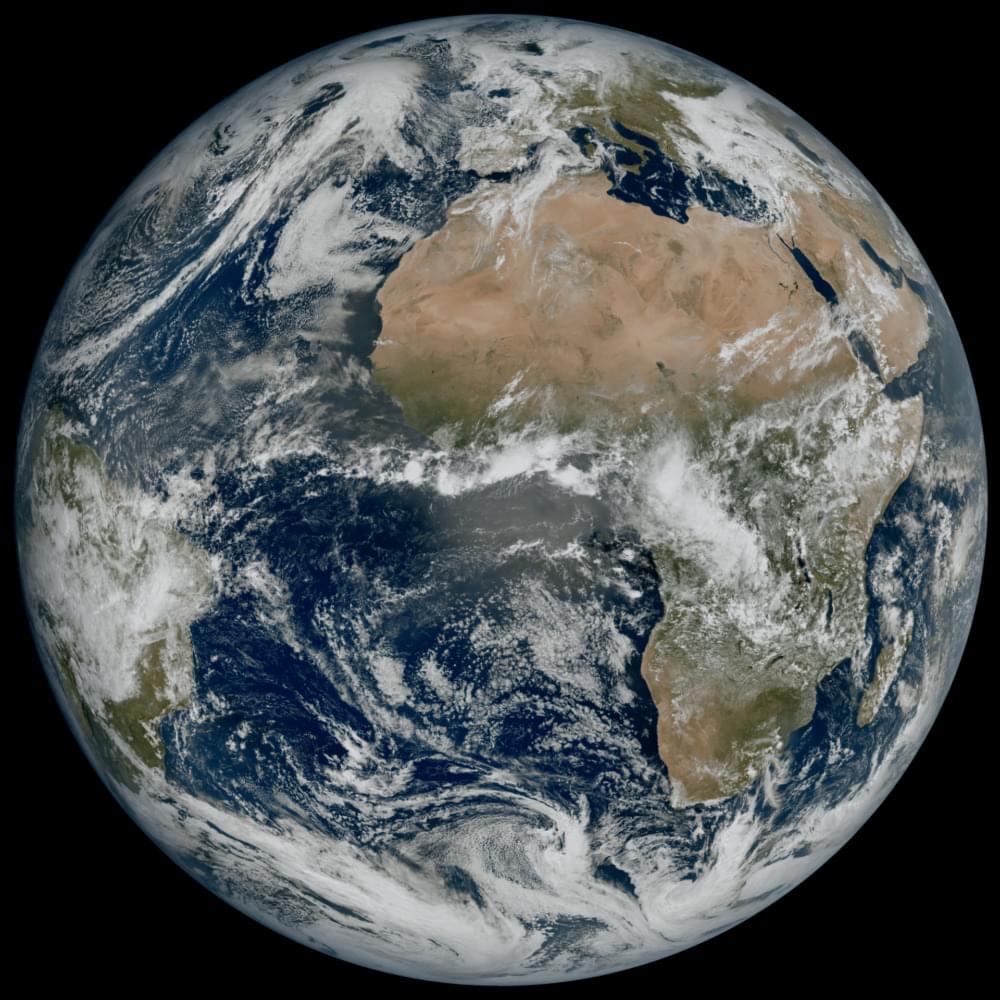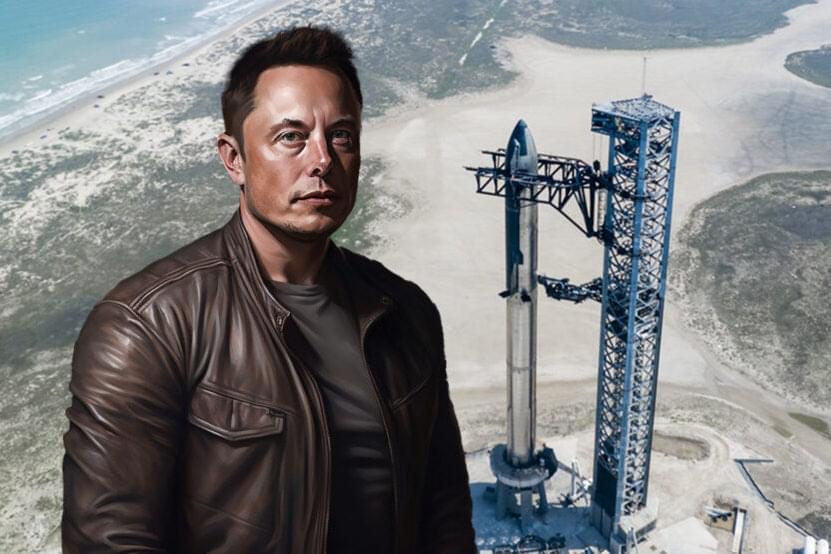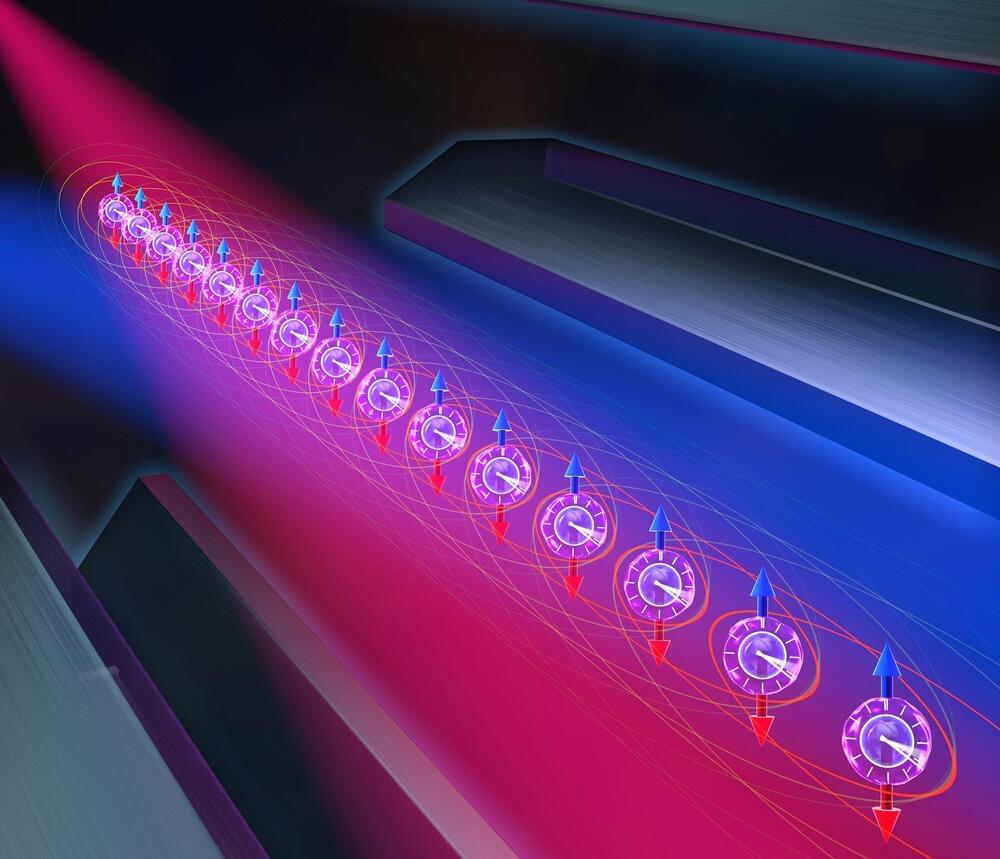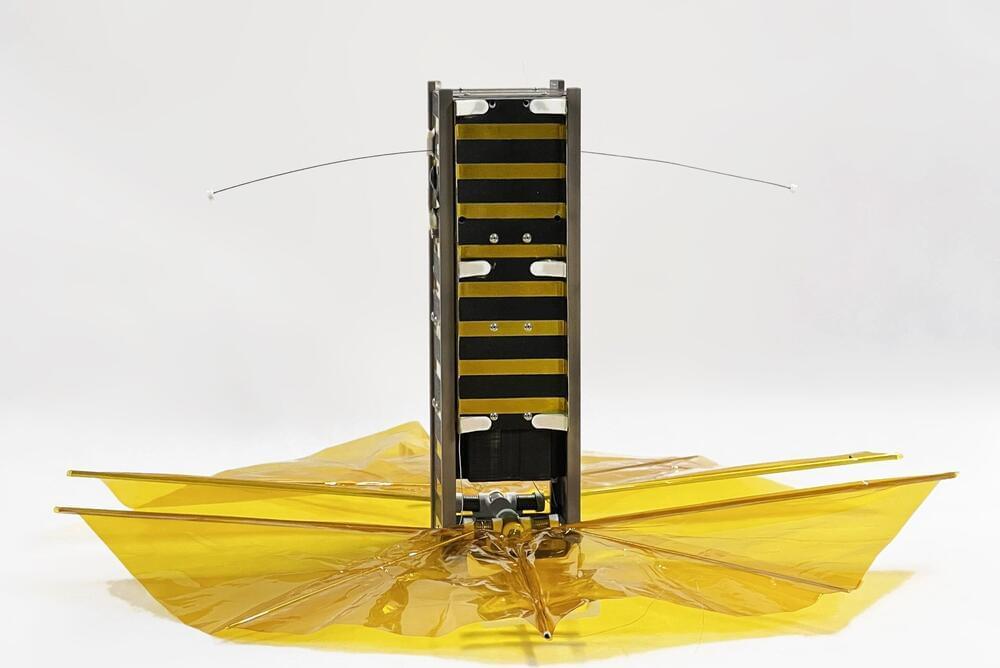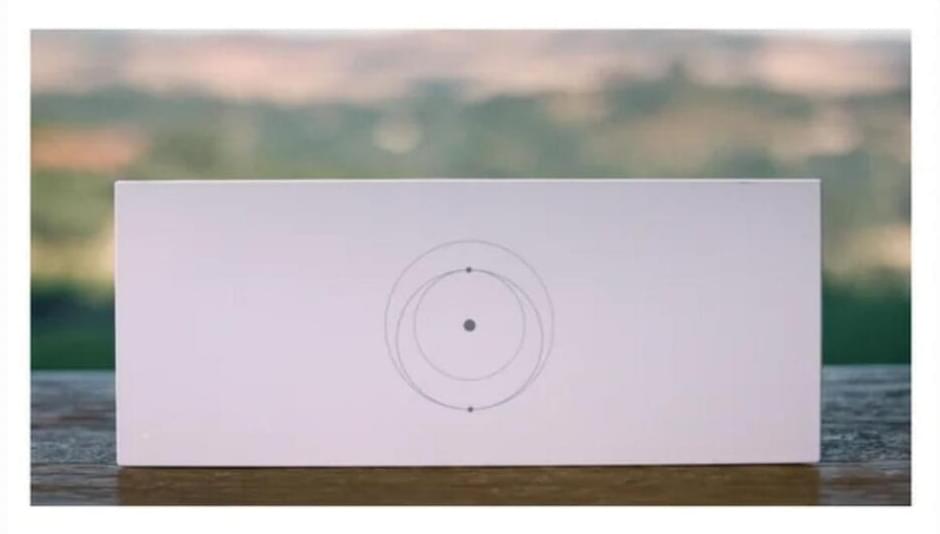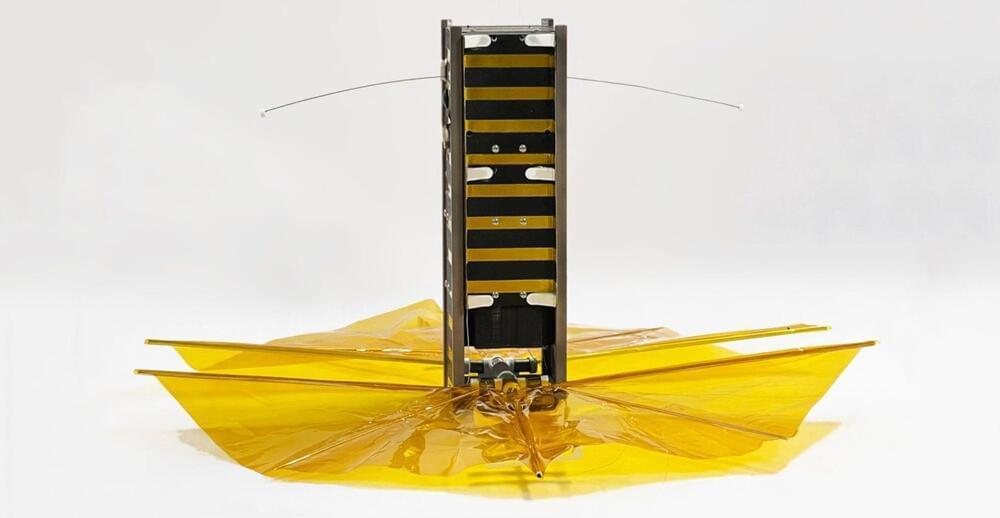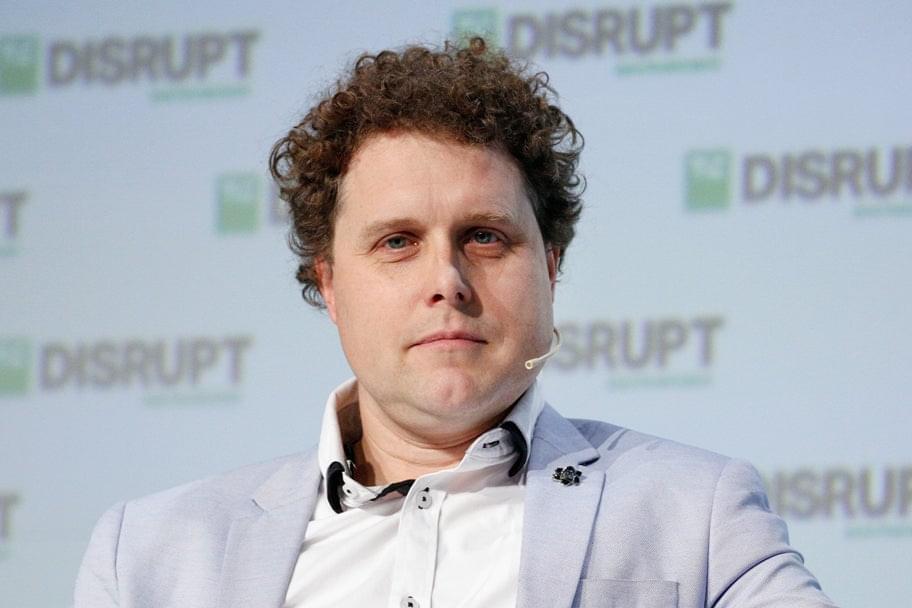Today’s Image of the Day from European Space Agency features the first image of the full Earth disc from the Meteosat Third Generation Imager.
This is the first of a new generation of satellites that is expected to revolutionize weather forecasting by enabling more precise monitoring of our changing atmosphere, land and oceans.
Simonetta Cheli, ESA’s Director of Earth Observation Programmes, said that the image is a great example of what European cooperation in space can achieve.
